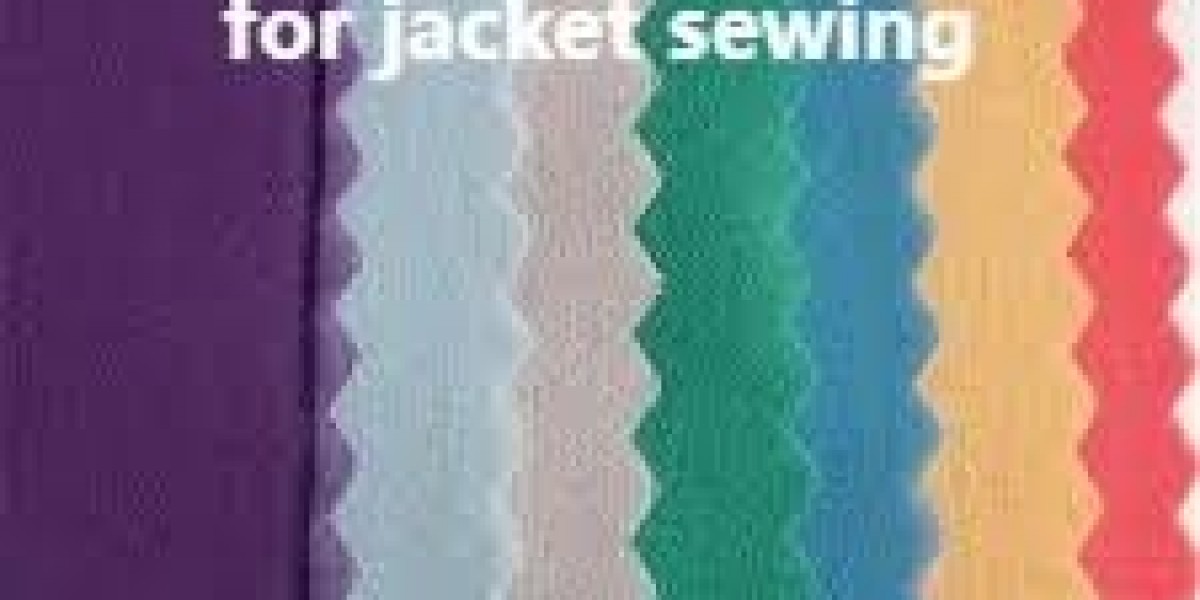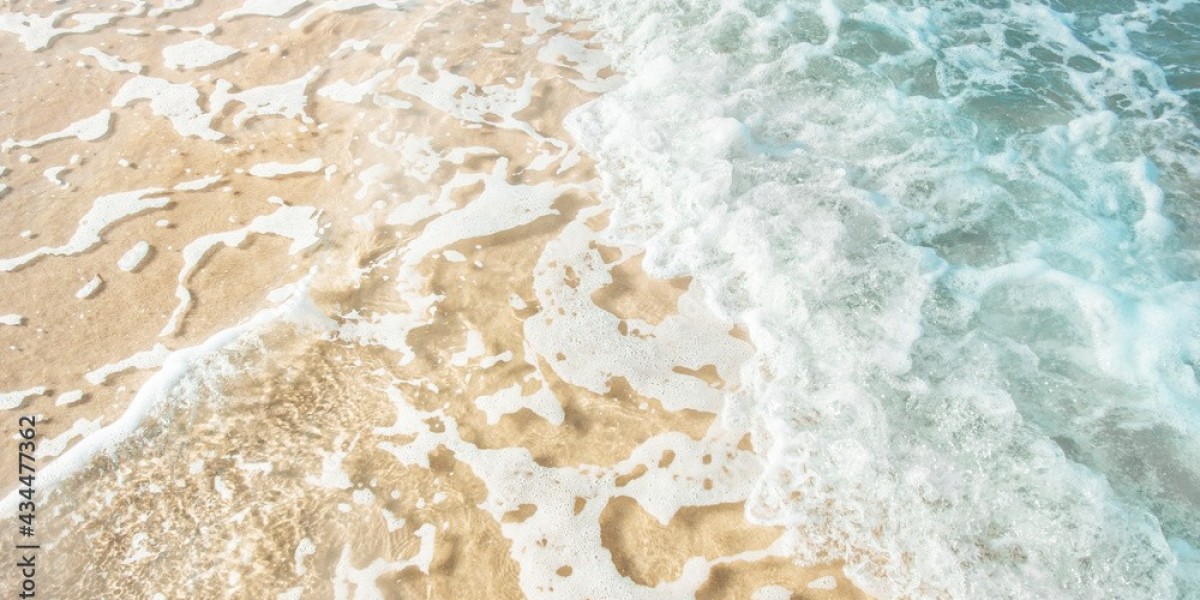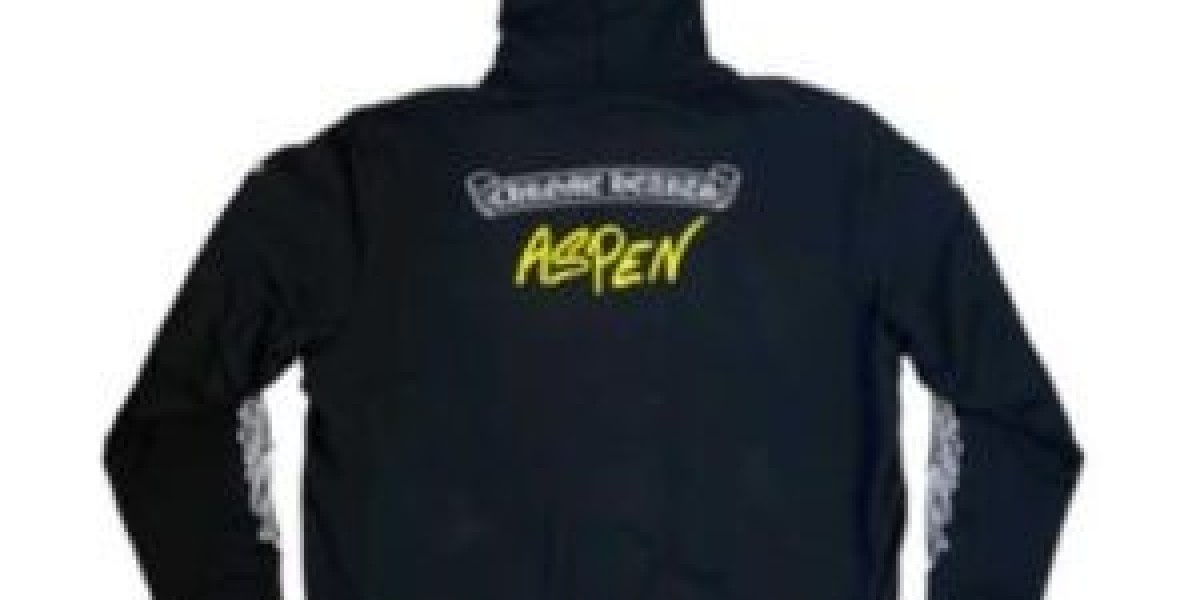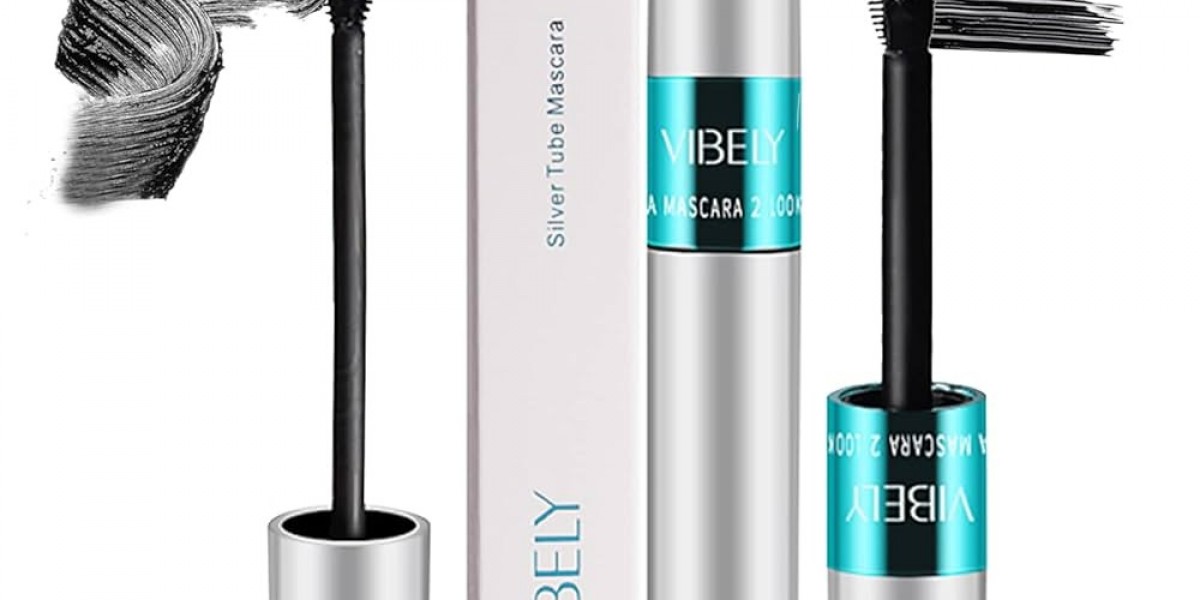In the competitive world of textile manufacturing, achieving the perfect balance between drape, structure, and durability is essential. Many designers and production teams turn to Interlining solutions to elevate garment quality, adding stability without compromising softness. By incorporating Interlining layers between fabric panels, garments maintain their intended shape through wear and laundering. This hidden layer reinforces collars, cuffs, and waistbands, ensuring garments resist wrinkling and maintain their aesthetic appeal over time.
Understanding the Role of Support Layers
This crucial inner layer serves as the backbone of many apparel items, providing reinforcement without adding bulk. It is sandwiched between the outer fabric and lining to improve the garment’s structure and durability. Lightweight fusible options bond seamlessly with outer fabrics through heat activation, while sew-in alternatives allow more flexibility in areas requiring tailored movement. Selecting the appropriate weight and material composition is vital to achieving the desired drape and garment longevity.
Types of Support Materials
A diverse range of materials caters to various design needs and fabric types. Non-woven products, made from bonded fibers, offer consistent thickness and are suited for mass production. Woven options, resembling miniature fabrics, provide better breathability and drape, making them preferred for premium garments. Knit versions offer stretch recovery for activewear and garments with elastic panels. Each type contributes uniquely to the garment's comfort, appearance, and performance.
Innovative Product Range
Recent advancements have introduced eco-friendly materials made from recycled fibers, reducing environmental impact without sacrificing strength or functionality. Specialty heat-resistant products are ideal for high-temperature applications, while moisture-wicking variants enhance wearer comfort in active garments. These innovations support modern design requirements and sustainable manufacturing goals.
Best Practices for Application and Installation
Proper application techniques are critical for optimal performance. When using fusible options, precise control of pressing temperature and pressure prevents fabric scorching or poor adhesion. Sew-in alternatives require careful stitching to avoid puckering and maintain garment aesthetics. Testing on sample swatches before full production helps determine the best material and application method, reducing waste and improving efficiency.
Quality control is essential to ensure consistent performance across production batches. Rigorous testing includes peel strength, thermal aging, and dimensional stability assessments. Sustainable manufacturing practices, such as sourcing from responsibly managed suppliers and minimizing waste, further enhance product value. Certifications like OEKO-Tex® and the Global Recycled Standard affirm compliance with environmental and safety standards.
Choosing the right support layer transforms garment durability, appearance, and consumer satisfaction. For detailed insights on types, applications, and best practices, visit https://www.interlining-factory.com/news/what-is-interlining-types-applications-and-more.html .








